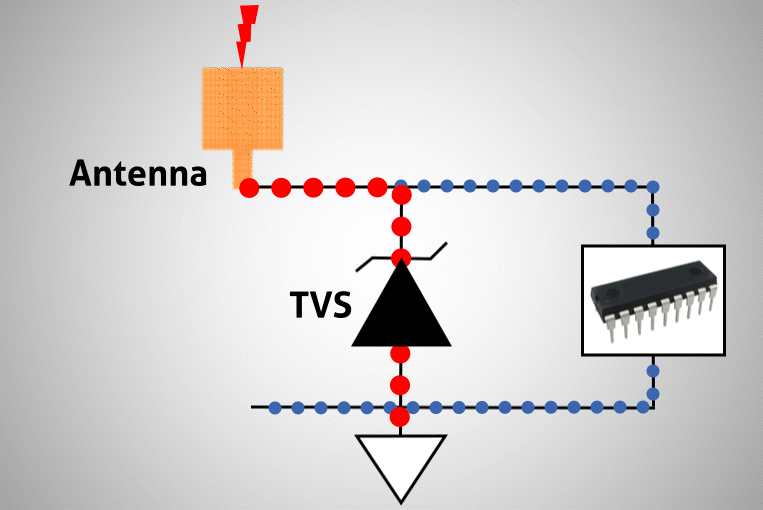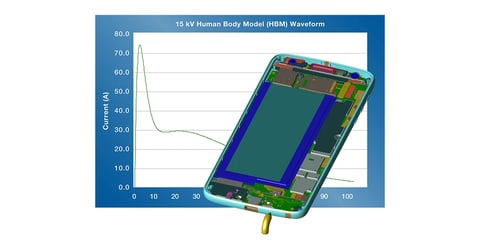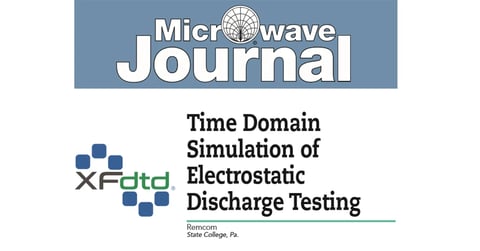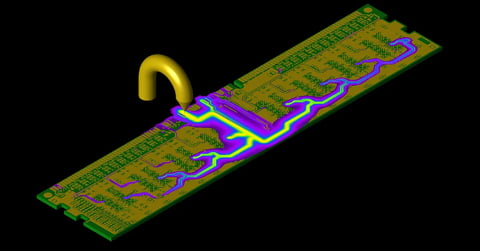XFdtd’s Transient EM/Circuit Co-Simulation for TVS Diode ESD Protection
With aggressive increase in the use of electronic systems today, damage due to electrostatic discharge (ESD) poses a higher threat to device safety and reliability. Exposed USB and HDMI ports, antennas, touchscreen display, keypad, etc. are subjected to transients triggered by human contact or charged objects and can lead to catastrophic or latent damage to system components. Further, complex hardware designed for 5G applications creates new challenges for engineers to handle ESD. A well-proven methodology to protect circuits from such destructive events is to use transient voltage suppressor (TVS) diodes.
Remcom’s XFdtd 3D EM simulation software empowers ESD engineers to simulate TVS diodes and finalize protection circuitry for their products in the early stages of design. This improves product reliability and lowers cost by reducing the design engineering cycle time. In this webinar, learn how XFdtd's transient EM/circuit co-simulation effectively resolves ESD vulnerabilities earlier in the design process and prevents future certification setbacks.
Video Chapters
-
Introduction - 00:00
-
Overview - 00:29
-
Electrostatic Discharge - 01:55
-
Benefits of TVS Diodes - 06:01
-
Benefits of Using an FDTD Full-Wave Solver- 07:06
-
XACT Accurate Cell Technology - 09:23
-
Singularity Correction - 10:35
-
Dielectric Volume Averaging - 11:58
-
User Defined Waveform - 12:59
-
Limitations of FDTD Standalone - 14:04
-
Limitations of Circuit Standalone - 15:39
-
Transient EM Circuit Co-Simulation - 17:31
-
ESD Simulation Workflow - 19:56
-
Results - 24:55
-
Questions - 28:19
TVS diodes are solid-state PN junction diodes used for protecting sensitive semiconductors from transient voltage damage like noise, transient spikes, etc. They are constructed with large cross-sectional area junctions for absorbing high transient currents. In case of an overvoltage event, these diodes shunt most of the ESD transient to ground and keep the voltage to a minimum across the parts to be protected.
Key Takeaways:
-
Learn the background of TVS diode usage
-
Introduction to finite-difference time-domain (FDTD)
-
Introduction to nonlinear circuit solvers
-
Introduction to embedded EM/circuit co-simulation
-
Learn how to perform an ESD testing simulation in XFdtd
-
Learn how to import TVS diode models and set up an XFdtd simulation
-
View output from a simulation containing a TVS diode that suppresses an ESD event





